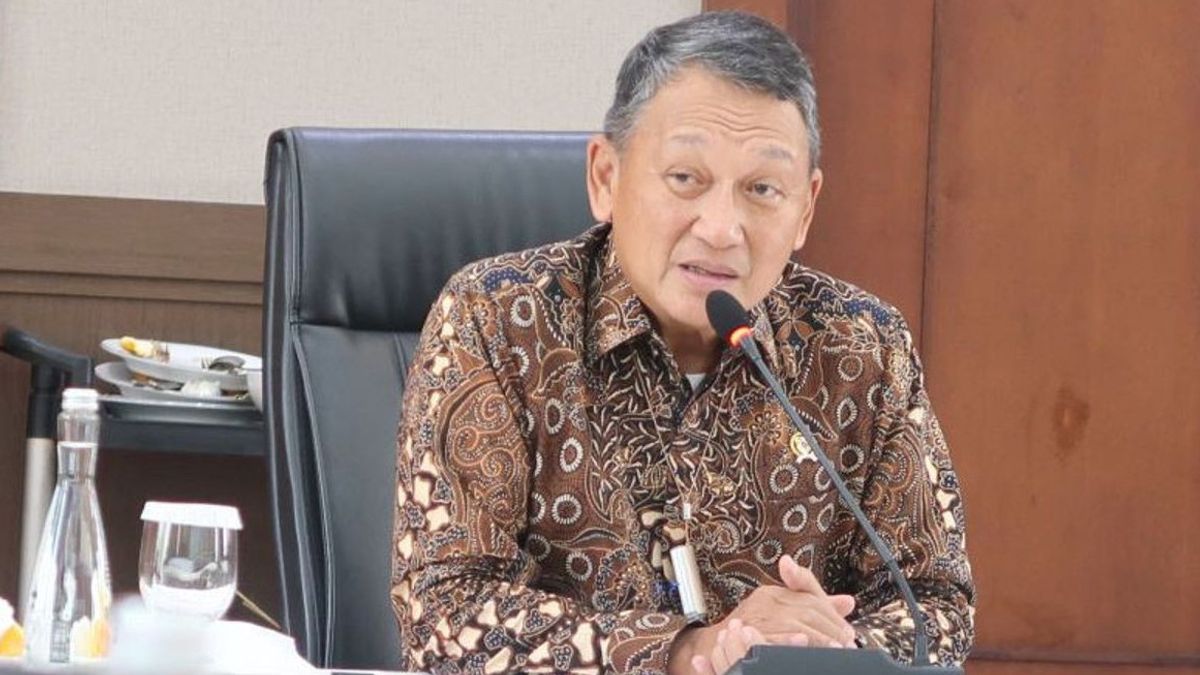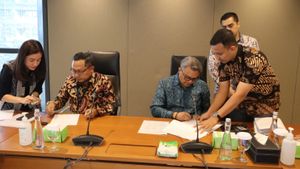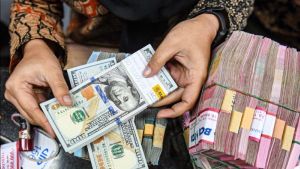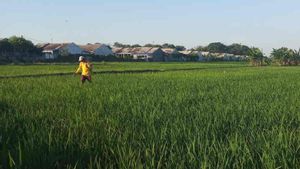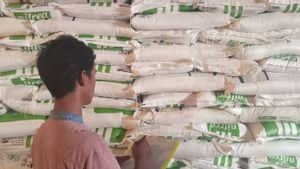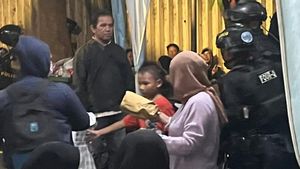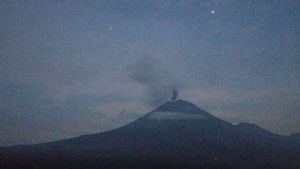Minister of Energy and Mineral Resources Arifin Tasrif said that the Ministry of Energy and Mineral Resources will continue the construction of the Cirebon-Semarang (CISEM) pipeline to Phase II (East Batang-Kandanghaur) after the construction of the CISEM Phase I pipeline is fully completed.
The construction of the Phase II CISEM is planned to start in 2024, at a cost of around IDR 3.3 trillion.
"When phase I is finished, we will continue to stage II," said Arifin, quoted on Saturday, June 10.
Currently, according to Arifin, the budget for the construction of the CISEM phase II pipeline is in the final stage and is included in the State Revenue and Expenditure Budget (APBN) with a multi-year contract scheme for the project period in 2024-2025.
The plan is that in 2023 the auction process can be carried out.
The CISEM Phase II pipeline is planned to be 240 kilometers (km) long or 4 times compared to the CISEM Phase I pipe.
Director General of Oil and Gas (Migas) Tutuka Ariadji, said the construction of the CISEM Phase II pipeline for the Batang to East Kandanghaur section was carried out to connect the existing pipes from that location to Lampung and beyond.
Tutuka said the potential for the CISEM phase II pipeline demand included industries in Cirebon, Tegal, Pekalongan, Brebes and Pemalang with a volume of around 5.8-12 MMSCFD.
In addition, commercial consumers such as hotels and restaurants. Also, household gas networks, Balongan oil refineries with a volume of 24 MMSCFD and potentially increased to 42 MMCSFD. Another demand is a power plant with a volume of 189-199 MMCSFD.
Then, continued Tutuka, after the construction of the CISEM Phase I and II pipes is completed, the Government plans to build a 400 km Dumai-Sei Mangkei transmission section.
The feasibility study stage is planned to take place this year.
"Later, when the Dumai - Sei Mangkei section is complete, the pipe will be connected from Arun to East Java," he said.
With this integrated pipe, it is possible for the gas from the Andaman WK to be around 5 to 10 years old to be flowed to the south to Java Island. Gas from Agung I and II can be flowed to East Java and partly to West Java.
The English, Chinese, Japanese, Arabic, and French versions are automatically generated by the AI. So there may still be inaccuracies in translating, please always see Indonesian as our main language. (system supported by DigitalSiber.id)
